When it comes to choosing the right flush mount ceiling fan with light or modern ceiling fan with light for your space, one of the common concerns is whether these types of fans move as much air as traditional ceiling fans. The short answer is: it depends, but in many cases, flush-mount ceiling fans with light can still provide effective airflow, though there are certain considerations to keep in mind.
In this article, we'll explore whether flush-mount ceiling fans with light move less air, what factors influence airflow, and how to choose the right fan for your needs.
What Is a Flush Mount Ceiling Fan?
A flush mount ceiling fan with light is a type of fan that is designed to be installed close to the ceiling, with little or no space between the fan blades and the ceiling. This makes them ideal for rooms with low ceilings, as they don’t take up much vertical space.
On the other hand, a traditional ceiling fan often uses a downrod to hang the fan lower from the ceiling, allowing more airflow between the blades and the ceiling, which can lead to increased air circulation.
Factors Affecting Airflow in Flush Mount Ceiling Fans
While modern ceiling fans with light are designed to offer efficient airflow, several factors can influence how much air they can move:
- Blade Size and Shape The size and shape of the fan blades are crucial in determining how much air the fan can move. Larger blades generally move more air, and the shape of the blades can affect the efficiency of airflow. Flush mount ceiling fans typically have smaller or shorter blades, which may limit airflow compared to larger ceiling fans.
- Blade Pitch (Angle) The angle at which the blades are set—known as the blade pitch—can significantly affect airflow. A higher blade pitch (around 12 to 15 degrees) allows for more air to be moved. Some modern ceiling fans with light come with adjustable blade pitch, allowing users to customize airflow depending on their needs.
- Fan Motor The motor's strength and efficiency also play a role in how much air a fan can move. Flush mount ceiling fans with light typically use smaller motors due to their compact design, which could result in slightly less airflow. However, many high-quality modern ceiling fans with light feature energy-efficient motors that maximize airflow while using less power.
- Ceiling Height The proximity of the fan blades to the ceiling in a flush mount design can restrict airflow, as there is less room for the blades to circulate the air effectively. Modern ceiling fans with light that use downrods tend to move air more effectively because they are positioned further from the ceiling, allowing better circulation.

Do Flush Mount Ceiling Fans Move Less Air?
In general, flush mount ceiling fans with light may move slightly less air than their traditional counterparts. This is because of the following reasons:
- Proximity to the Ceiling: The closer the fan blades are to the ceiling, the more limited the airflow can be. With flush mount ceiling fans with light, the blades are often too close to the ceiling to allow for maximum air circulation. This is especially true in larger rooms or rooms with high ceilings.
- Smaller Blades: Flush mount ceiling fans often have smaller blades compared to traditional ceiling fans, which can reduce the amount of air moved. However, many modern ceiling fans with light are designed with aerodynamic blades that improve efficiency, even with smaller sizes.
- Design Limitations: The compact design of flush mount ceiling fans with light makes them a great option for spaces with low ceilings, but this design can sometimes come at the cost of maximum airflow. Larger ceiling fans or those with downrods can move more air due to their increased size and distance from the ceiling.
Choosing the Right Ceiling Fan for Maximum Airflow
If airflow is a top priority for your space, here are some tips for choosing the right fan:
- Room Size: For larger rooms, you may want to opt for a modern ceiling fan with light that is equipped with larger blades or a fan that uses a downrod to ensure better airflow. A flush mount fan can still work well in smaller rooms or spaces with lower ceilings, where airflow needs are less demanding.
- Motor Power: Check the motor specifications of the fan. A higher-wattage motor will typically be more powerful and better at moving air, even with smaller blades. Look for energy-efficient motors in modern ceiling fans with light, as they are designed to maximize airflow without using excessive energy.
- Blade Pitch and Material: Choose fans with adjustable or optimal blade pitch (typically between 12 to 15 degrees). Blades made from high-quality materials like wood, metal, or composite materials can improve airflow efficiency.
- Fan Features: Many flush mount ceiling fans with light today come with powerful, high-performance motors and innovative features like DC motors or multiple speed settings. These features help to increase airflow without compromising on the fan’s sleek design.
Conclusion
While flush mount ceiling fans with light may not move as much air as their downrod-equipped counterparts, they are still an excellent choice for many spaces, especially those with low ceilings. They can provide adequate airflow and cooling in smaller rooms and offer a more compact design that suits various home styles.
If you’re looking for a modern ceiling fan with light that balances style and airflow, consider high-quality options from brands like Hykoont. Hykoont’s collection of flush mount ceiling fans with light features fans designed with efficient motors, adjustable blade pitch, and aerodynamic blades that enhance airflow even in compact spaces. Whether you need a fan for a low-ceiling bedroom or a cozy living room, Hykoont offers a variety of stylish and functional ceiling fans to meet your needs.



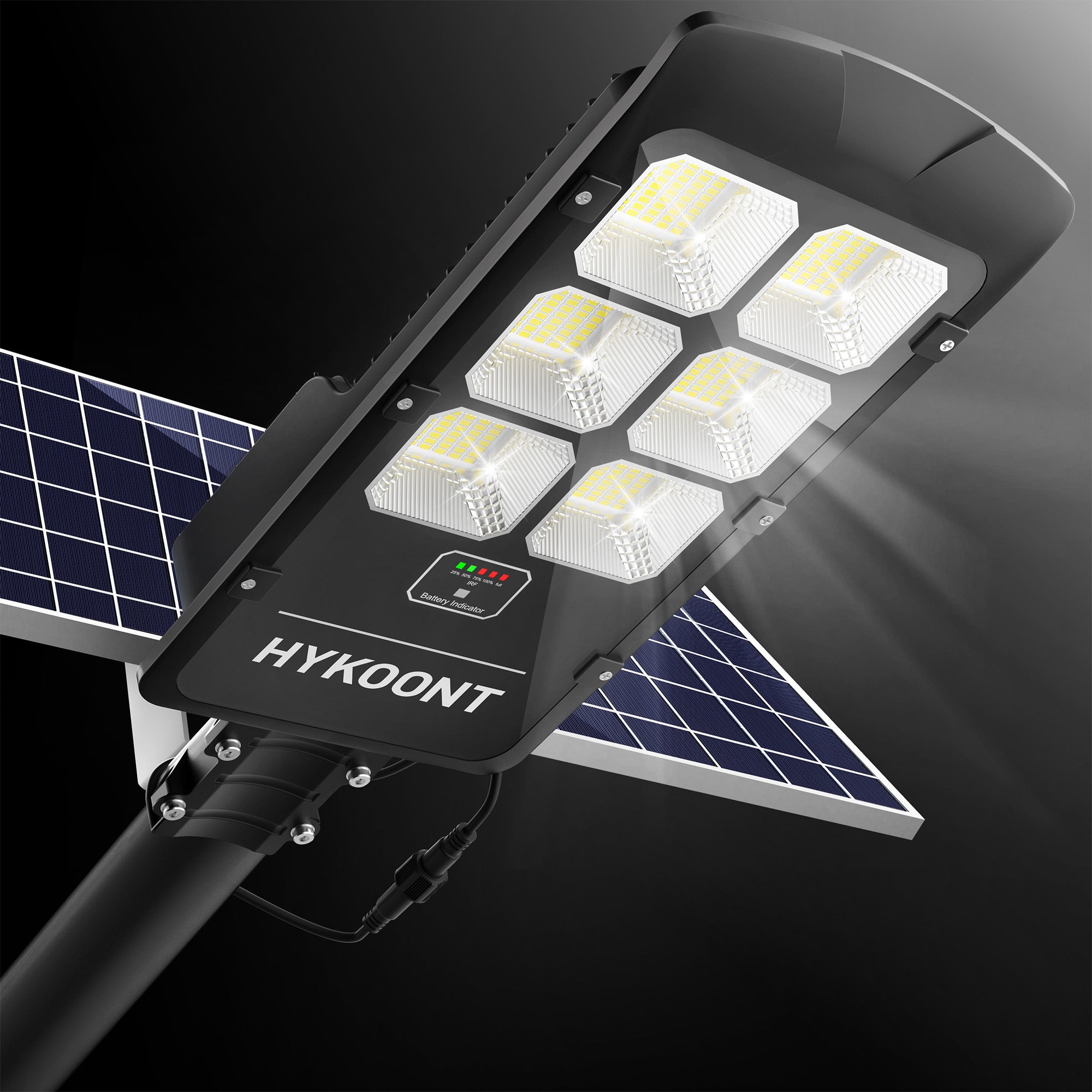
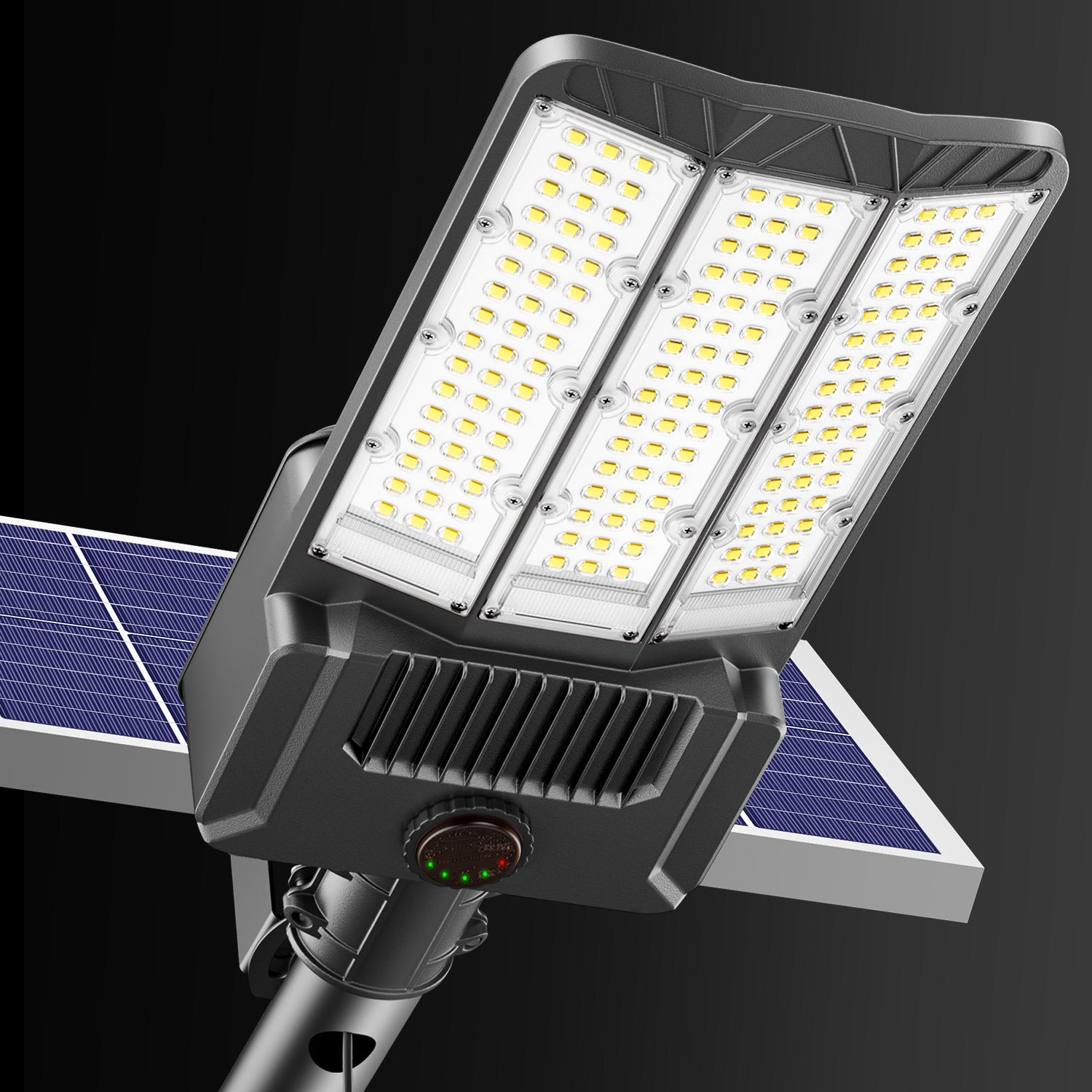

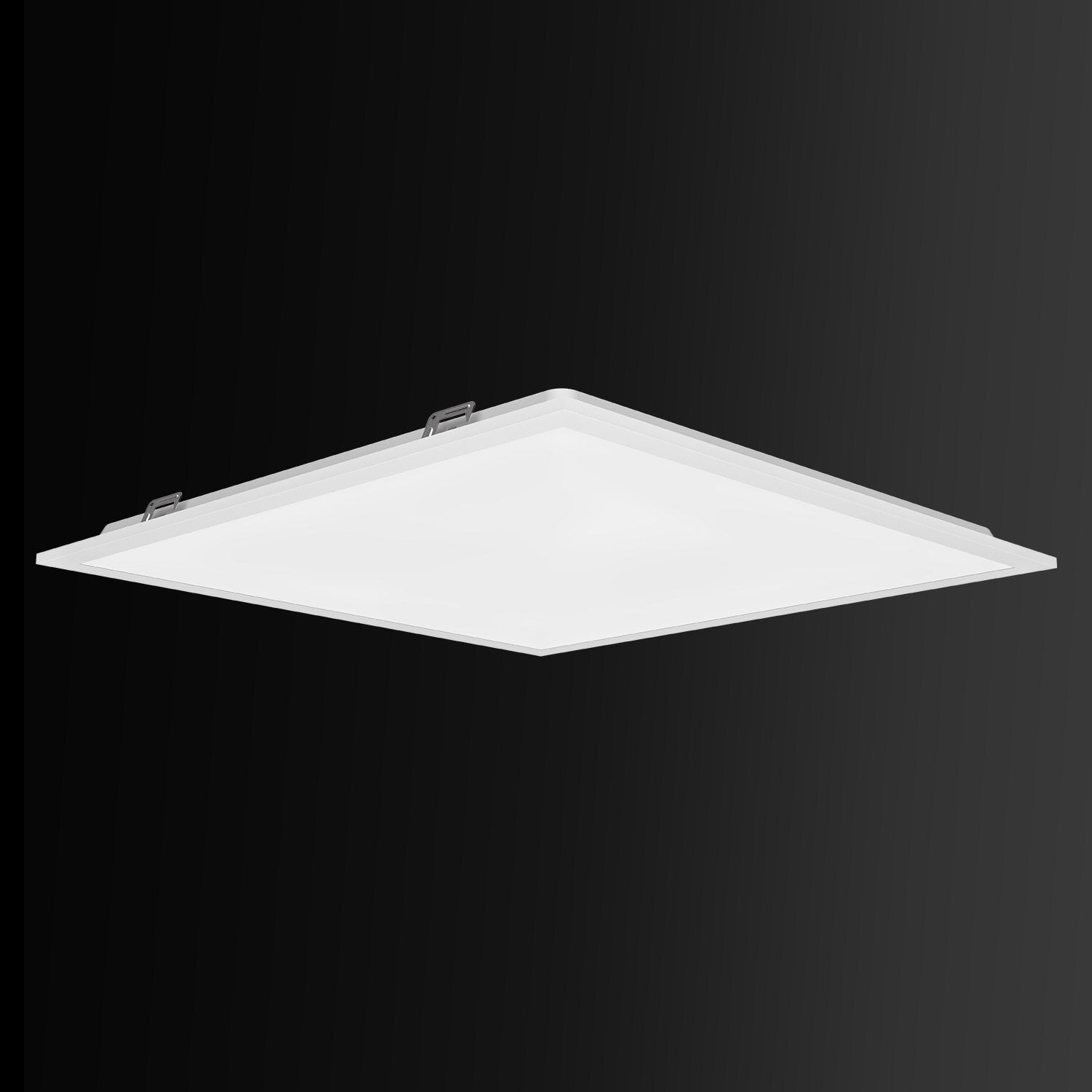
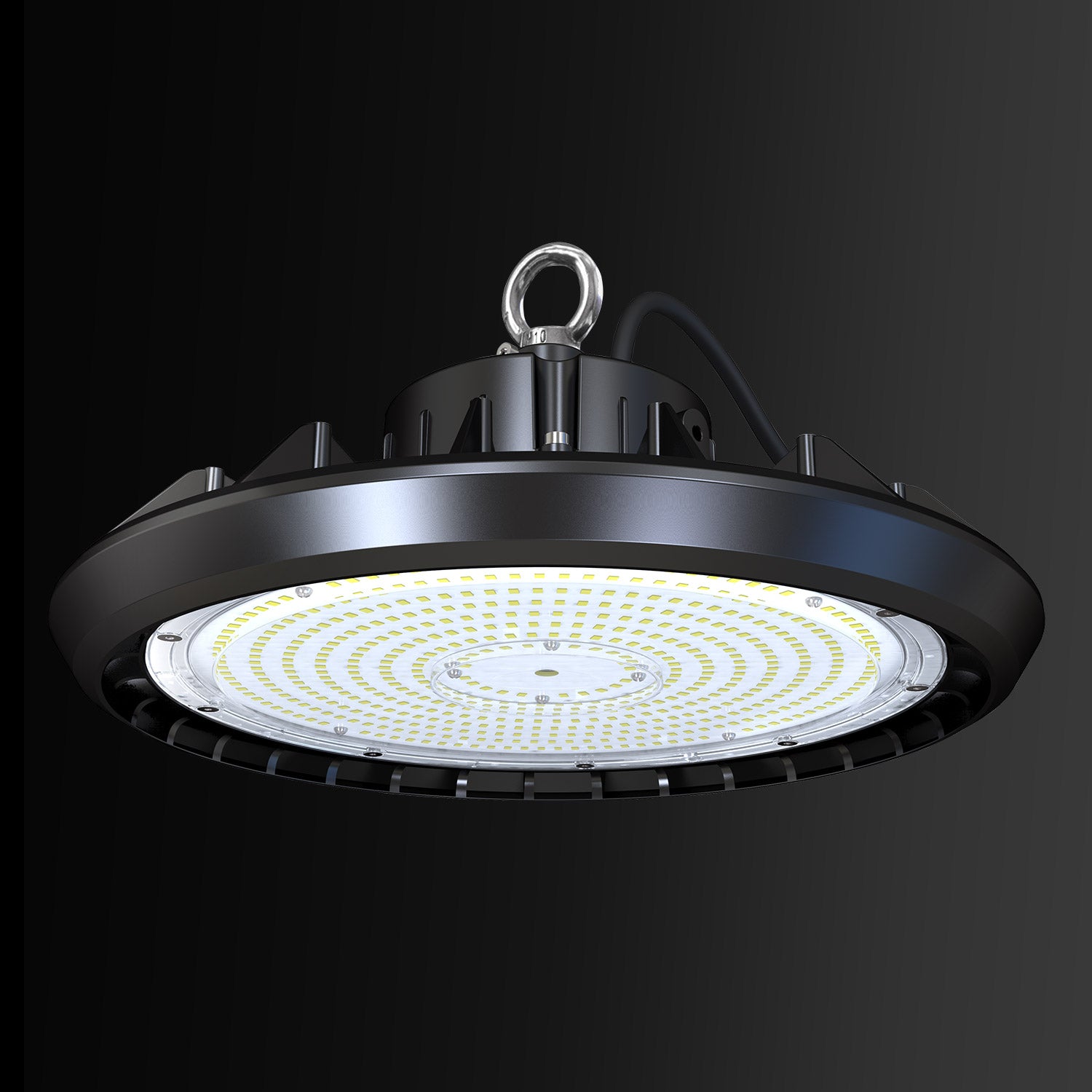
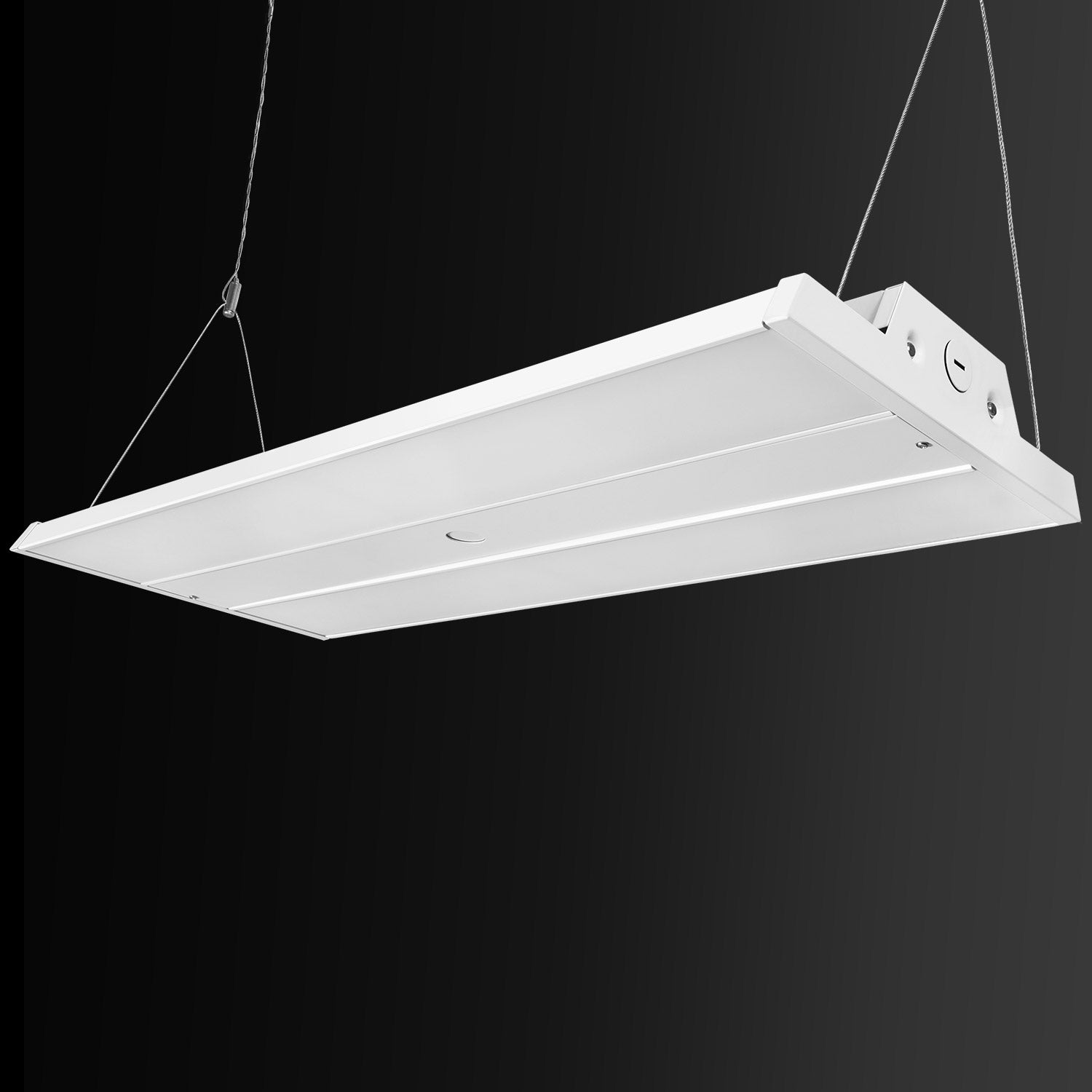



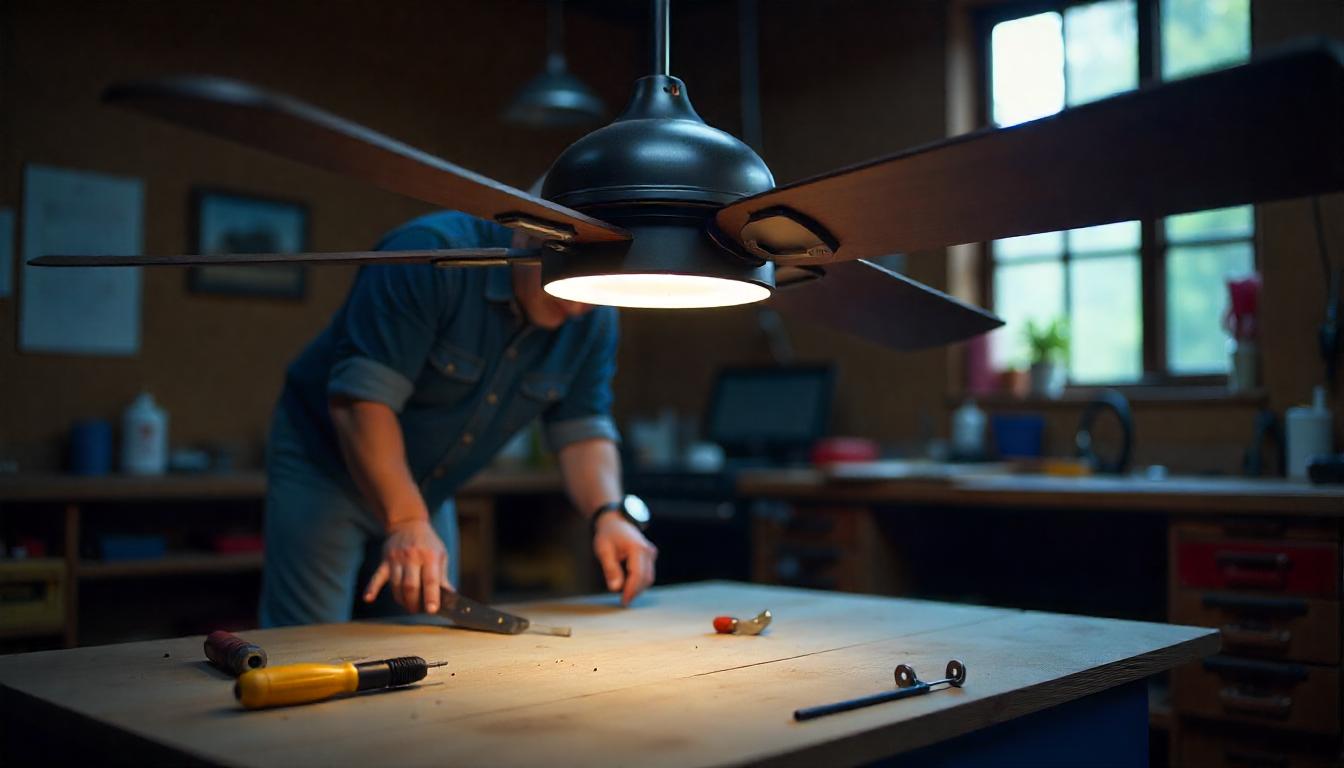
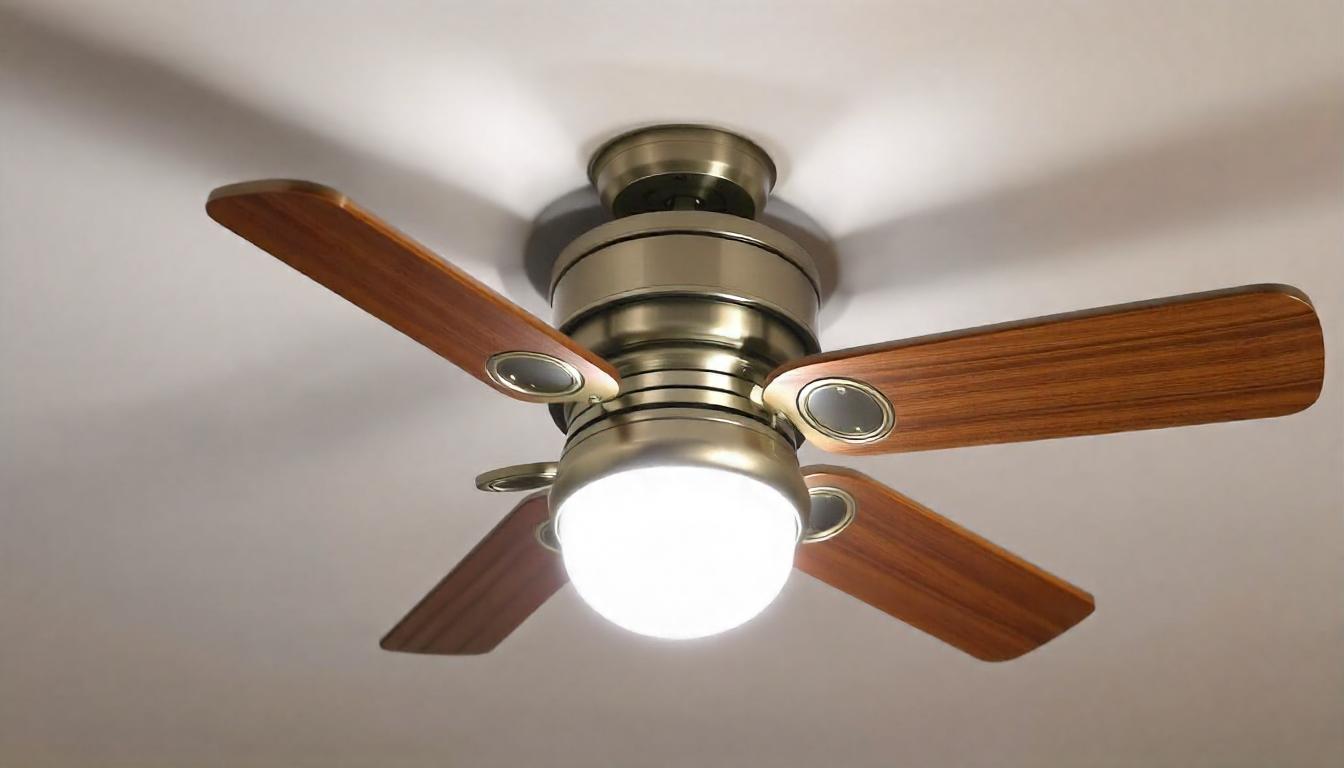
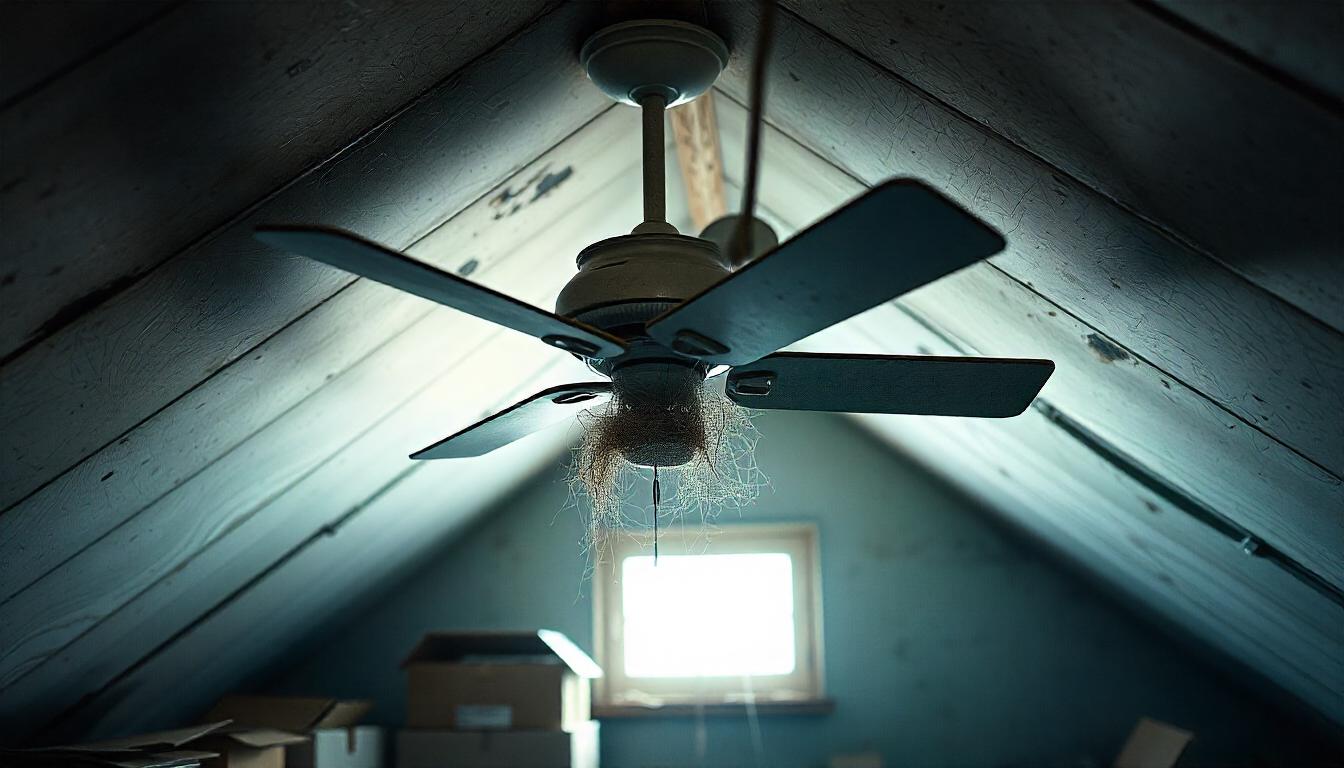
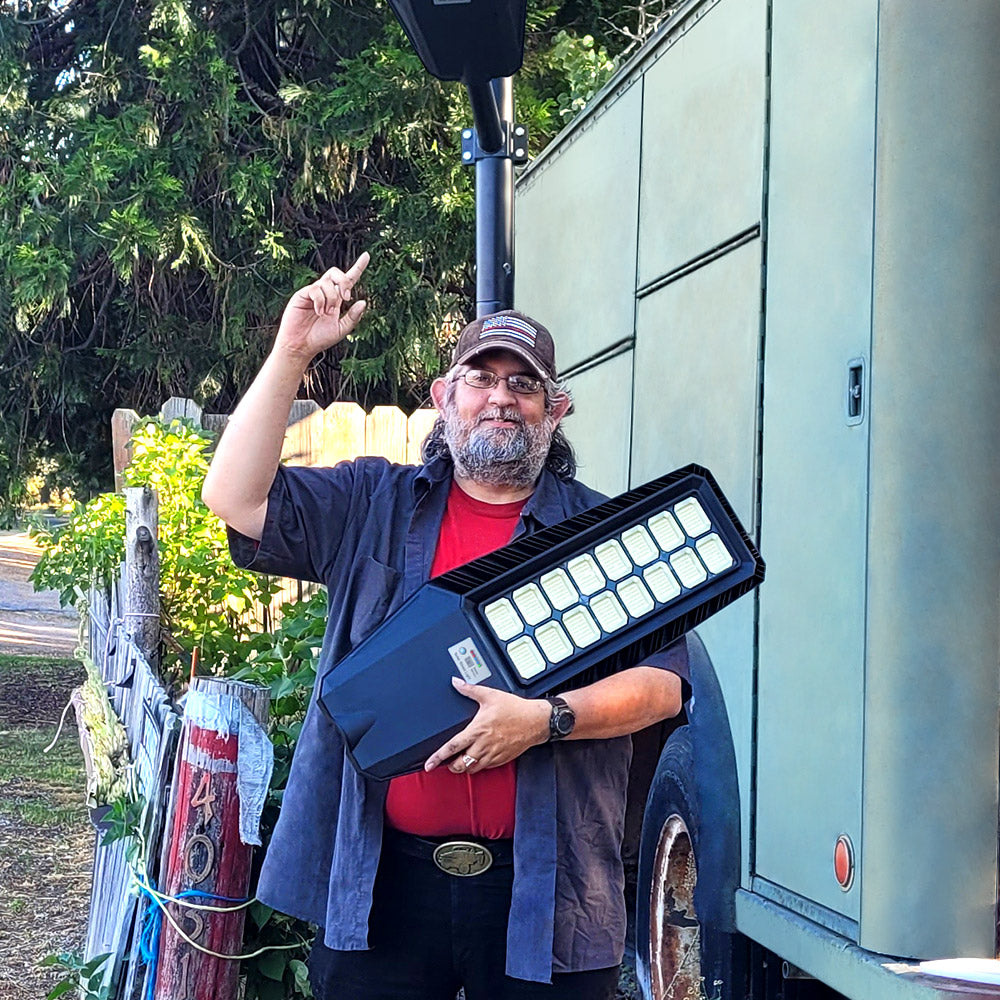

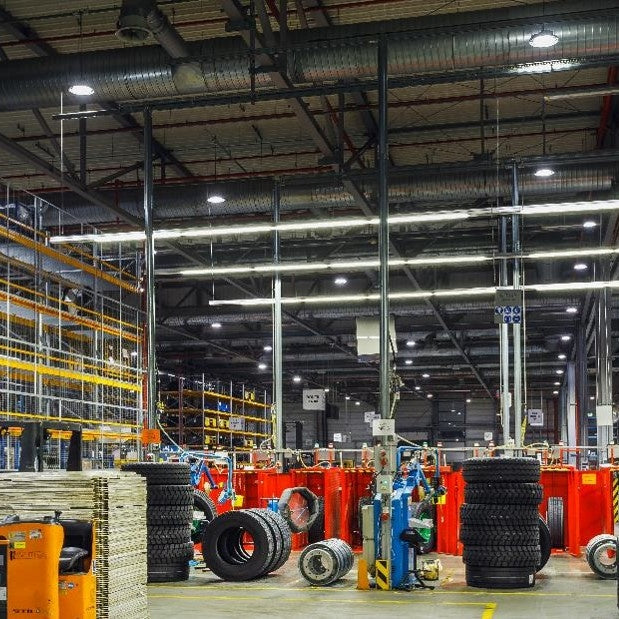
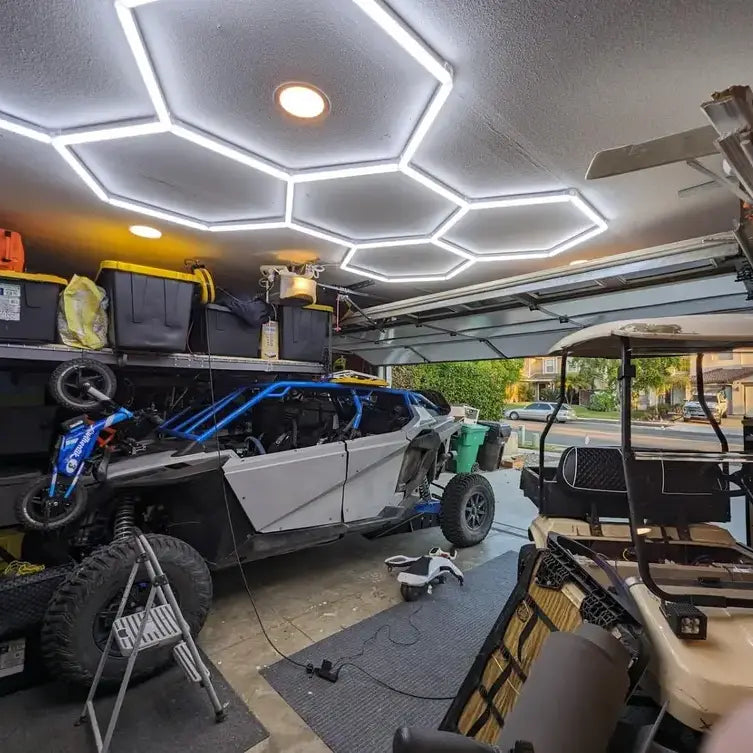
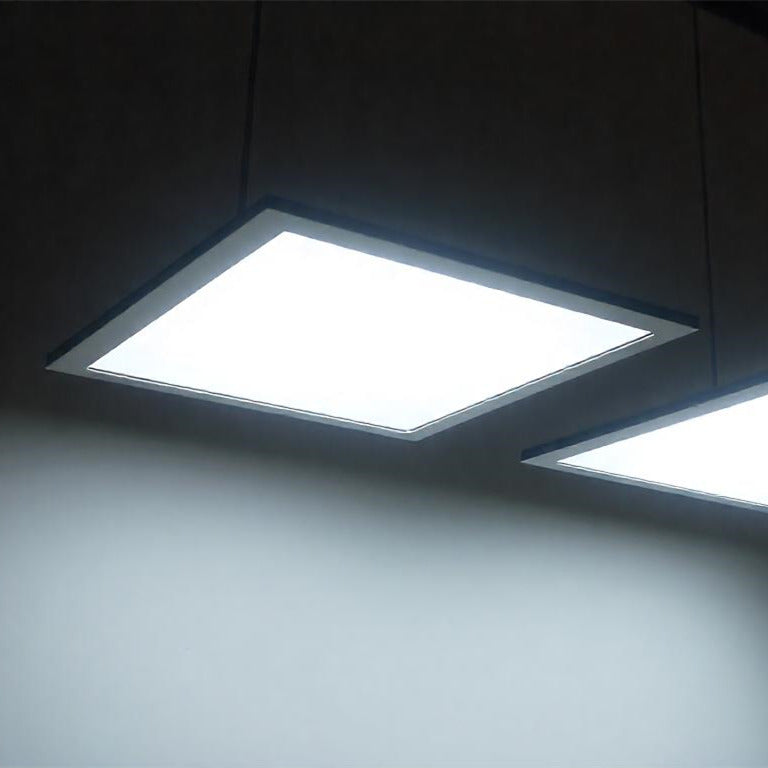
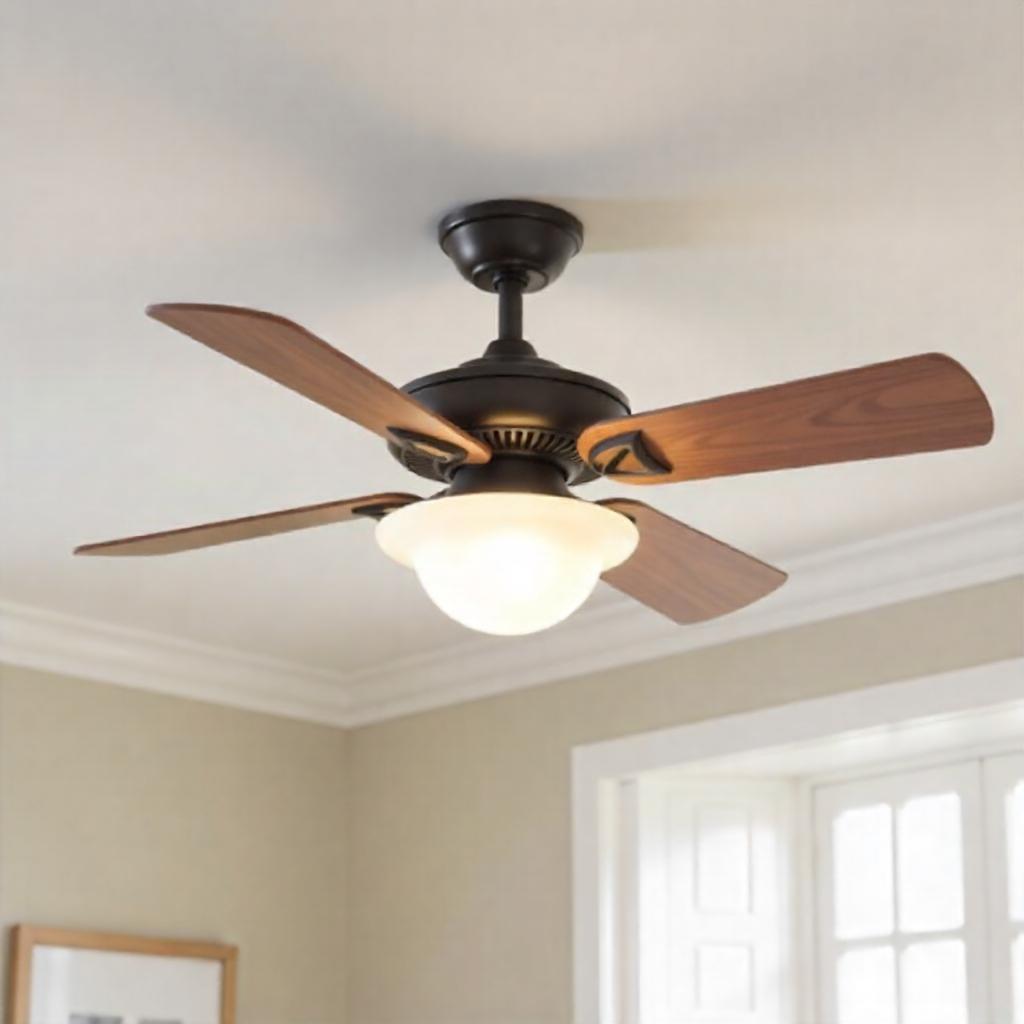
اترك تعليقًا
This site is protected by hCaptcha and the hCaptcha Privacy Policy and Terms of Service apply.